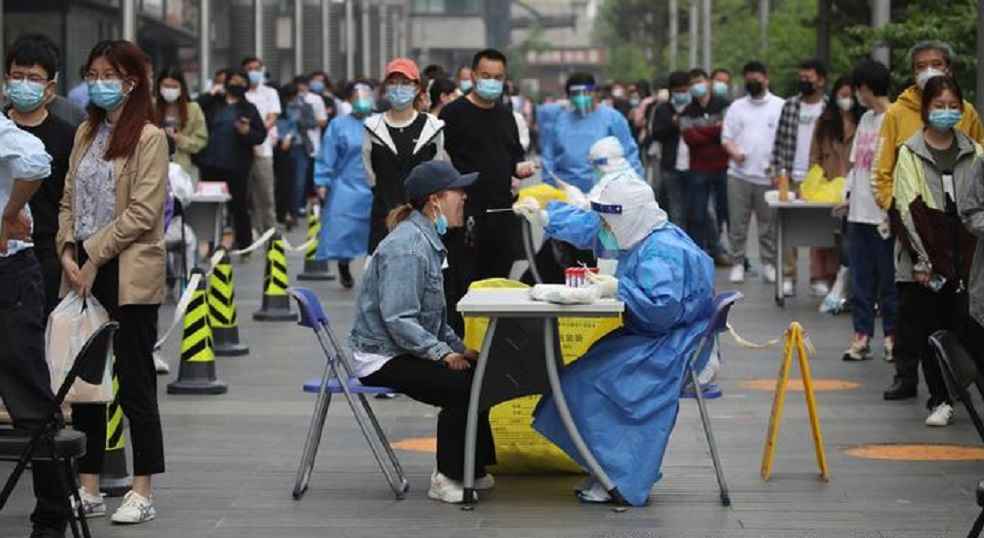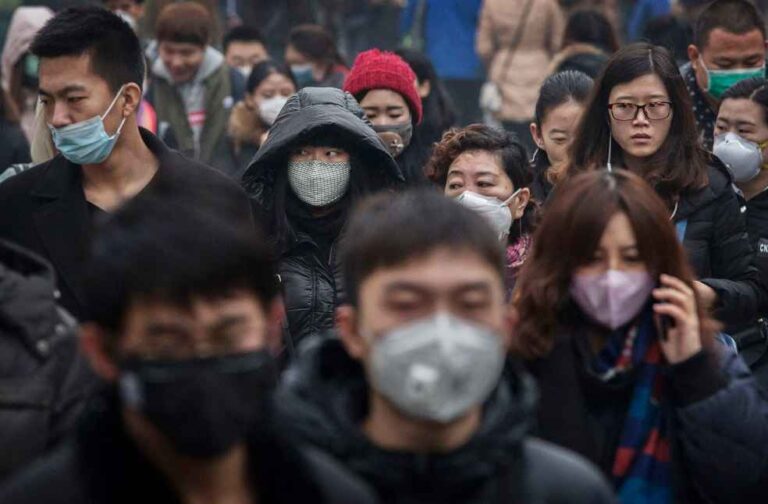Indian exporters are meticulously tracking the influenza developments in China, concerned about its potential repercussions on international supply chains and trade. The Indian government assures preparedness for any complications from this health crisis, focusing on the outbreak of H9N2 and respiratory illnesses in children in China.
The Union Health Ministry considers the immediate threat to India from China’s H9N2 avian influenza cases and respiratory illness clusters as minimal. The World Health Organization’s acknowledgment of the situation adds a layer of international attention.
Business leaders from India’s export sector express caution. Rafeeq Ahmed, Chairman of Farida Group, underscores the criticality of China in global trade, noting that disease proliferation could significantly sway trade dynamics. Ajay Sahai, Director General of the Federation of Indian Export Organisations, points out that the current global economic downturn already strains exporters and importers, emphasizing the coming days as decisive for assessing the impact on trade.

Khalid Khan, a Mumbai-based exporter, recalls the disruptions from the Covid pandemic on the global supply chain, warning that a similar situation could recur if diseases in China worsen.
The global trade landscape experienced significant impacts during the pandemic. Marked as a year of substantial trade and output contractions, 2020 witnessed some of the most severe downturns since World War II.
Both global industrial production and goods trade saw sharp falls in the first half of 2020, mirroring the depths experienced during the Global Financial Crisis (GFC). All these downturns were short-lived, leading to a rapid V-shaped recovery within the same year. In 2021, trade exhibited robust growth, offsetting a portion of the losses incurred from the earlier steep declines, though not completely recovering from them.

The economic relationship between India and China remains robust despite global challenges. India’s imports from China between April and October 2023 were significant, with a slight decrease compared to the same period in 2022. India’s exports to China saw a slight increase.
NITI Aayog, a government think tank, is actively formulating a strategic action plan to address India’s trade deficit with China. This plan aims to realign India’s trade strategies with the shifting geopolitical landscape and potential supply chain risks.
The fiscal year 2022-23 saw a modest decrease in India-China bilateral trade, with a marked drop in exports to China. This trend has led to a growing trade gap, highlighting the complex economic ties between the two countries. As the situation in China evolves, Indian exporters and government entities remain alert, poised to adapt to shifts in the global trade scenario.
BUSINESS GENERAL | India Boosts Cashew Exports to Qatar, US, Malaysia, Bangladesh: APEDA Leads



